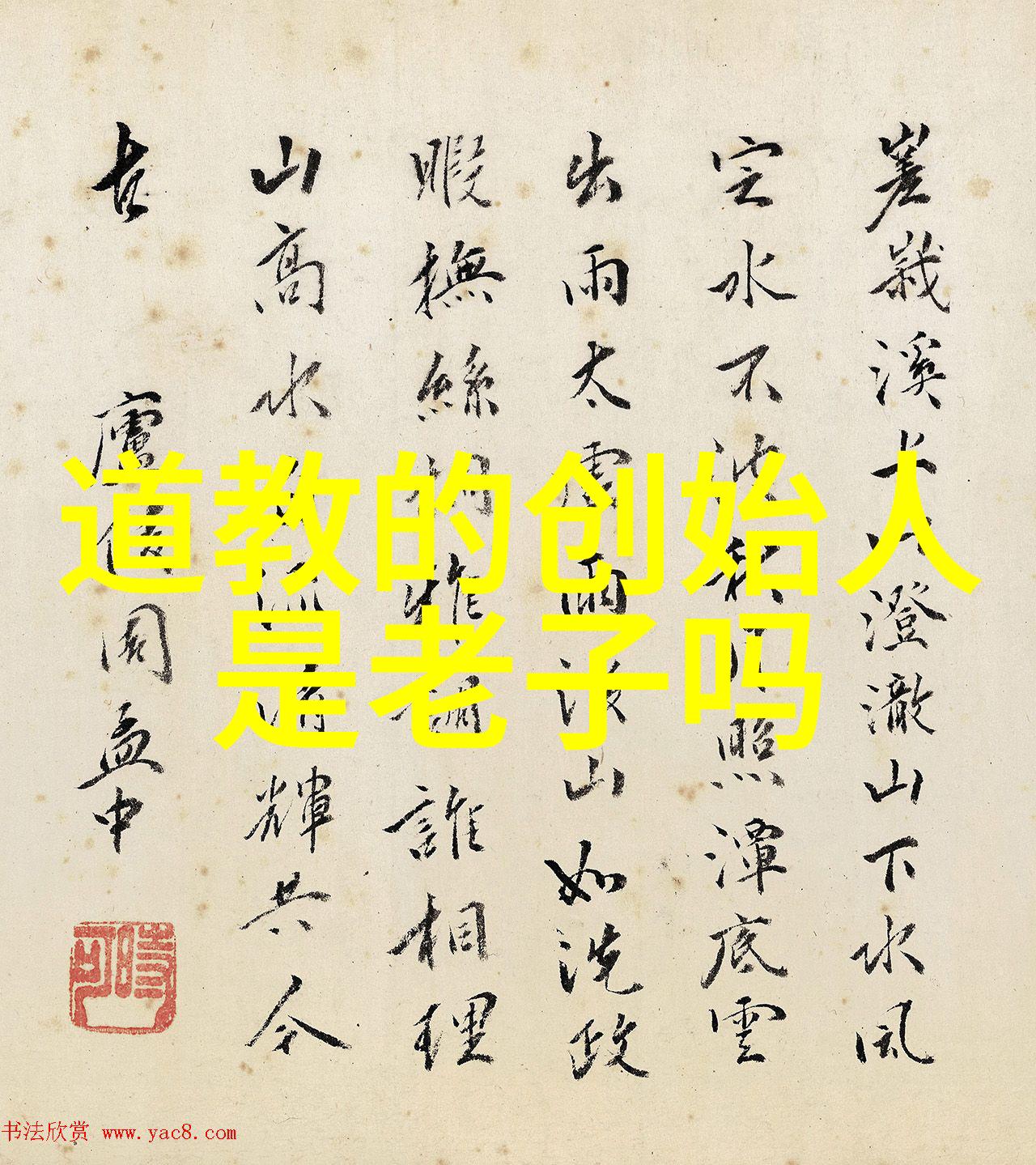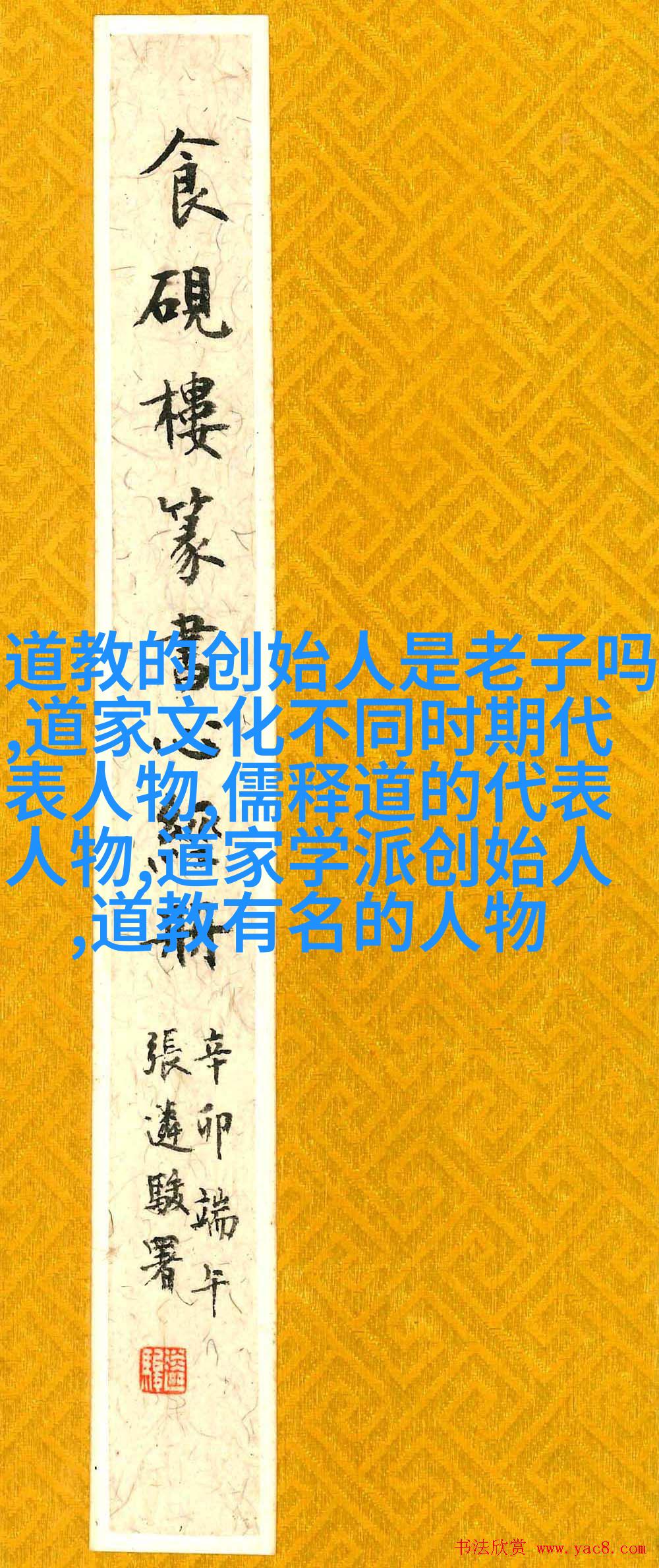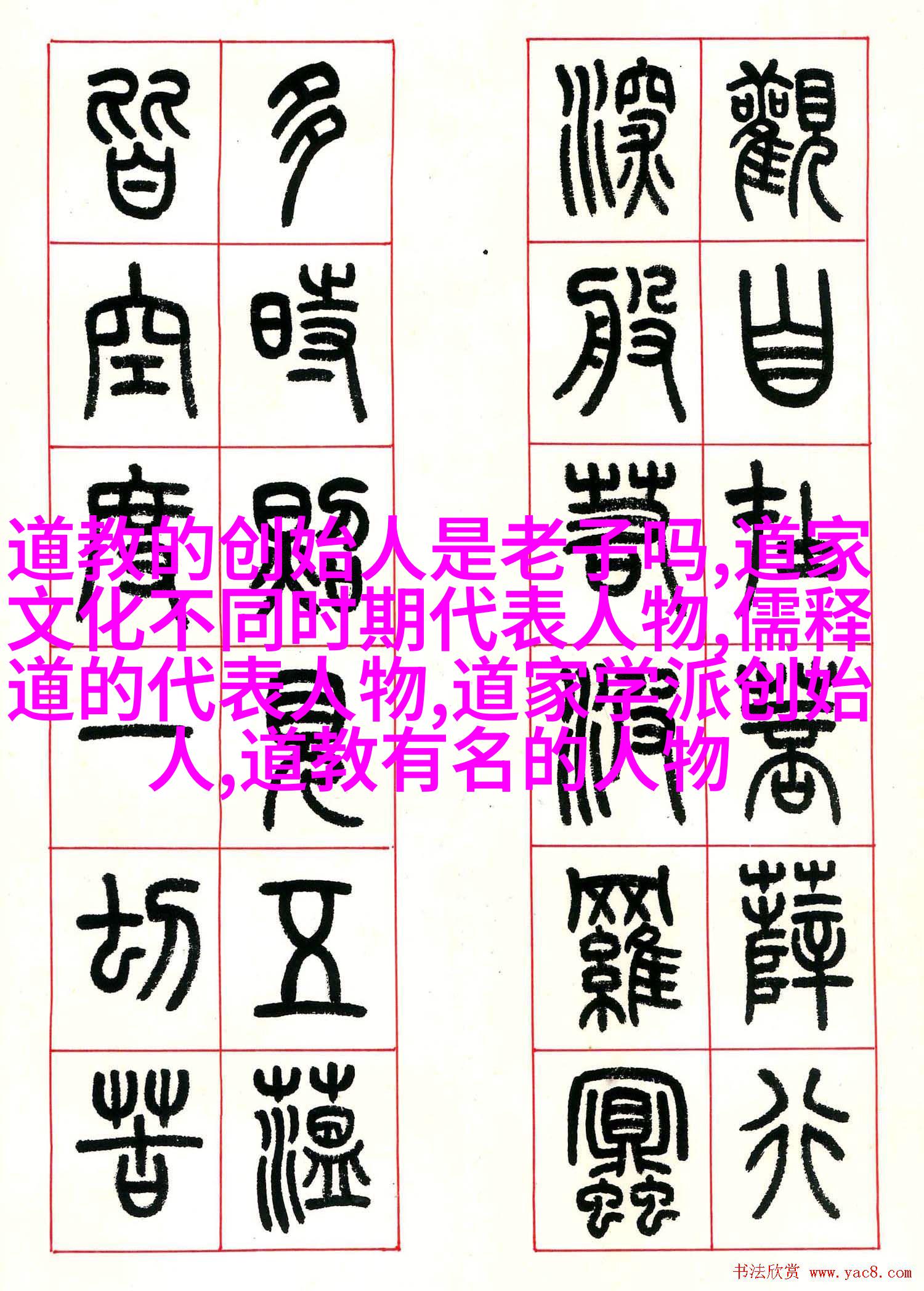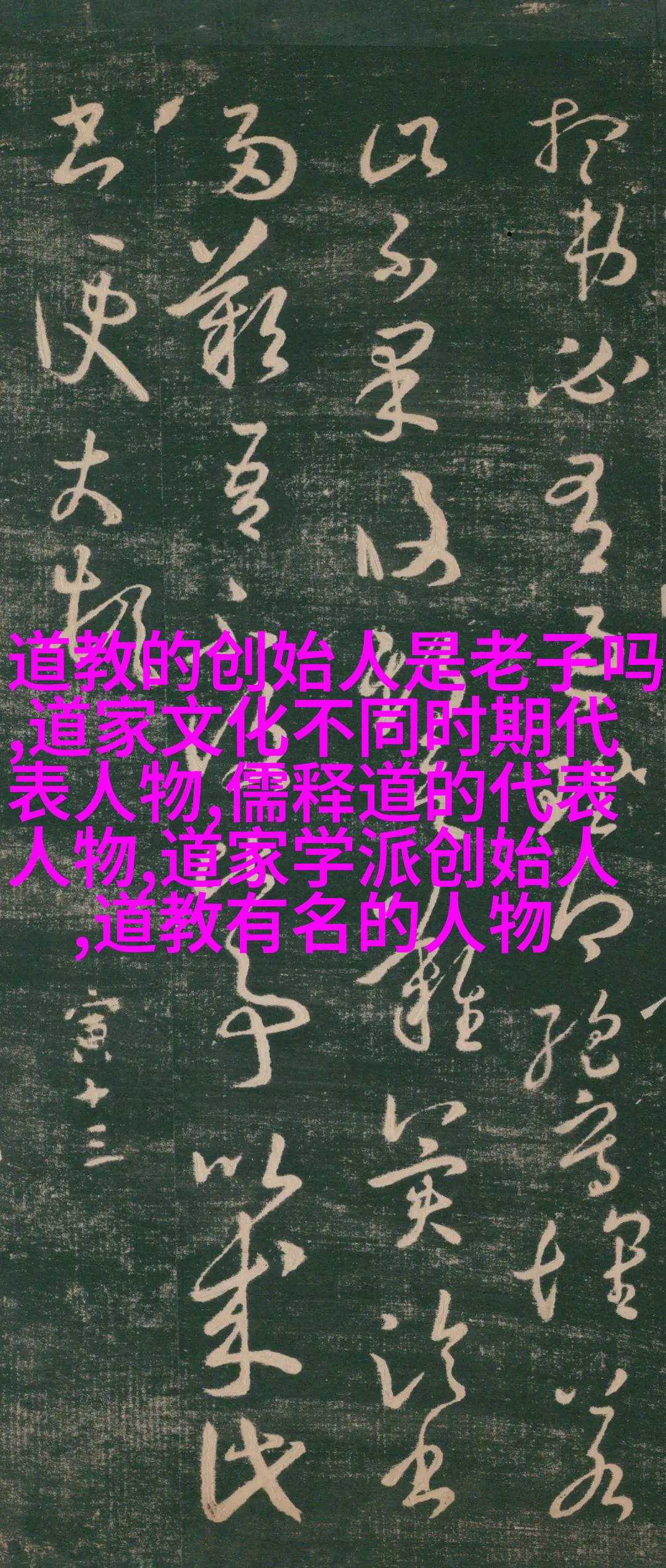《道德经》的由来简介,作为中国古代哲学的巅峰之作,其影响深远,涵盖了自然、人生、政治等众多领域。它是由老子创作的一部著名著作,以其独特的思想体系和深邃的哲理,被后世广泛传诵并应用。

在探讨《道德经》的重要性与作用时,我们首先要了解这部作品如何从口头传统转变为书面文献,并且揭示其对中国文化和哲学发展所扮演的角色。
一、《道德经》的口头传统背景

在春秋战国时期,随着社会矛盾激化和思想文化交流日益频繁,一种新的生活方式和价值观念逐渐形成,这些都为《道德经》的产生提供了土壤。老子的思想代表了一种反抗当时社会现实的态度,他提倡“无为而治”,主张顺应自然,不强求不争,是一种超越权力斗争、追求内心平静的人生态度。在这个过程中,《道德经》便被流传开来,它成为一种集智慧于一身、指导人们如何处世处理人际关系的心灵食粮。
二、《道德经》成书与作者身份探究

关于《道メの成书时间以及作者身份,都存在着不同的说法。一般认为,《 道解經 的成书时间大约是在公元前500年左右,而关于作者是否真的叫做老子,也有不同的看法。有些学者认为“老子”可能是一个化名或是象征性的称呼,而实际上他可能是一个团体或是一群智者共同创作出来的一个概念。但不管怎样,“老子”这一形象已经成为我们理解这部作品不可分割的一部分,它代表了一种对抗权威、寻求真理的精神力量。
三、《道教》与《道解經》的联系

随着时间推移,《 道解經 》不仅仅是被视为一个单纯的小册子,它更成了构建整个 《 道教 》系统的一个基础文献之一。这份系统包括修炼方法、神话故事,以及宇宙观等多个方面,与儒家相比,更注重个人内心世界,对外界事物持有一种超脱的情怀。在这种意义上,可以说,《 道解經 》对于后来的宗教信仰乃至整个人类文明进程具有重大影响,因为它提出了一个全新的宇宙观,即万物皆有变化,但变化又有规律可循,这直接促使人们开始思考生命意义及其所处宇宙的大图景。
四、《Dao_》(以中文表达)

为了更好地理解 《Dao_》,我们需要将其置入历史背景下进行分析。当今时代,无论是在西方还是东方,无论是在科技发达还是经济高速增长的情况下,我们仍然能看到人类社会面临的问题,如环境破坏、资源消耗过快以及人际关系紧张等问题。而这些问题正是 《Dao_》中提出的“无为而治”的原则可以有效解决的一些。这不是简单地要求人们放弃行动,而是要求人们通过顺应自然规律去行动,从而达到最大的效用,同时保持个人的内心平静,不受外界干扰带来的压力感。
五、《Dao_》(以英文表达)
The significance and impact of Daoism, as embodied in the Daodejing, extend far beyond China's borders. As a philosophy that emphasizes living in harmony with nature and finding balance within oneself, it has influenced Eastern and Western thought alike. The principles of Daoism have been applied to fields such as ecology, psychology, business ethics and even modern physics.
六、“Wu Wei”(无为)——A Philosophy for Modern Times?
In an era marked by rapid technological advancement and increasing global interdependence, the concept of "wu wei" offers valuable insights into how we might approach our problems. By recognizing the interconnectedness of all things and embracing change rather than resisting it, we can foster a more sustainable future for ourselves and our planet.
七、“Taoist Thought in Contemporary Society”
The relevance of Taoist thought extends beyond traditional religious practice or philosophical inquiry. It informs contemporary debates on topics such as environmental conservation, economic development strategies, social justice movements—anywhere where questions about balance between individual desires vs collective needs arise.
八、“The Influence of Taoism on Modern Culture”
Taoist ideas have permeated various aspects of modern culture including art (e.g., calligraphy), literature (e.g., Zen poetry), music (e.g., qin zither) film/TV series set against historical Chinese settings like “Crouching Tiger Hidden Dragon.” This influence is not limited to artistic expressions; it also extends to fashion trends—clothing designs inspired by traditional Chinese garments—and food preferences—the popularity of tofu dishes worldwide reflects an appreciation for plant-based diets advocated by Taoists.
九、“Conclusion: The Enduring Legacy”
Despite its ancient origins _ remains relevant today because its wisdom transcends time. Its emphasis on simplicity sustainability balance resonates with people across cultures who seek meaningful lives amid complexity chaos & uncertainty The enduring legacy lies not just in its intellectual appeal but also practical application—adapting these timeless teachings helps individuals navigate life's challenges while contributing positively towards creating better world societies
十结语
总结起来,在研究 _ 的重要性及作用时,我们发现这部古籍既是一本文学作品,又是一本科学著作;既是一本宗教圣典,又是一本心理指南;既是一本艺术品,又是一本工程技术手册;既是我们过去学习材料,还未来必须继续学习到的内容。因此,虽然已逝千年的岁月,却依旧能让现代人找到启示与指导,使得我们能够更加全面地认识世界,并在此基础上展望未来的可能性。
标签: 道家文化不同时期代表人物 、 道家学派创始人 、 儒释道的代表人物 、 道教的创始人是老子吗 、 道教有名的人物



